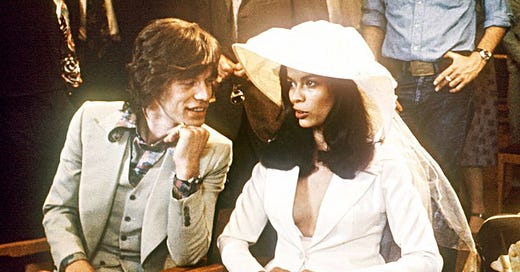Please forgive the lack of consistency when it comes to the timing of Boogie Shoes in recent weeks. Lately, I’ve been busy attending weddings and preparing for summer travel, alongside a slew of other extracurriculars. However, I want to make sure that this week, you have an extra special, summery snack.
This 2022 summer features a waning pandemic and a waxing recession. It’s also a time when the floodgates have been opened, and a crush of pent up demand for weddings is unleashed. In light of all this, I wanted to dive into the nuptials and relationships from a time just as chaotic, a time when we were also reeling from sky-high recessions, a Soviet invasion, and laws surrounding personal freedoms and marriage were up for debate. The idea of marriage changed during the 1970s, and what better way to dissect these new norms than with a charcuterie of glamour shots of celebrity weddings from the time.
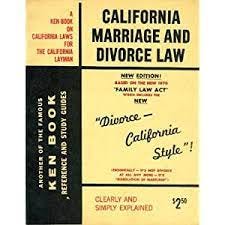
To begin this story of marriage in the 1970s, I’d like to discuss two extremely unappealing topics: divorce and Ronald Reagan. These two maladies have plagued society for generations, even if one is a person who has since passed away. Ronald Reagan is the beacon of modern conservatism and created some norm-shattering social and economic policies during his time in office. Most of what Reagan did for society was rooted in adherence to deregulation and pro-business policy and also stripping social programs if they didn’t fit a moral agenda (i.e. one that excluded, and disempowered people from marginalized backgrounds, but then pouring money into The War on Drugs.)
However, one of Reagan’s most consequential landmark policies actually came about in 1969 when he was the Governor of California. He regretting this policy later in his career, but it was actually a bold and fairly progressive leap forward. Gov. Ronald Reagan signed the nation's first no-fault divorce bill, which eliminated the need for couples to fabricate spousal wrongdoing in pursuit of a divorce. This was groundbreaking for both men and women; no-fault divorce gutted the institution of marriage’s legal power to bind husband and wife. Now one spouse could dissolve a marriage for any reason — or for no reason at all. The next year, 1970, a new decade began… and almost every state in the union enacted similar laws embracing no-fault divorce. The effect: a sky-rocketing divorce rate.
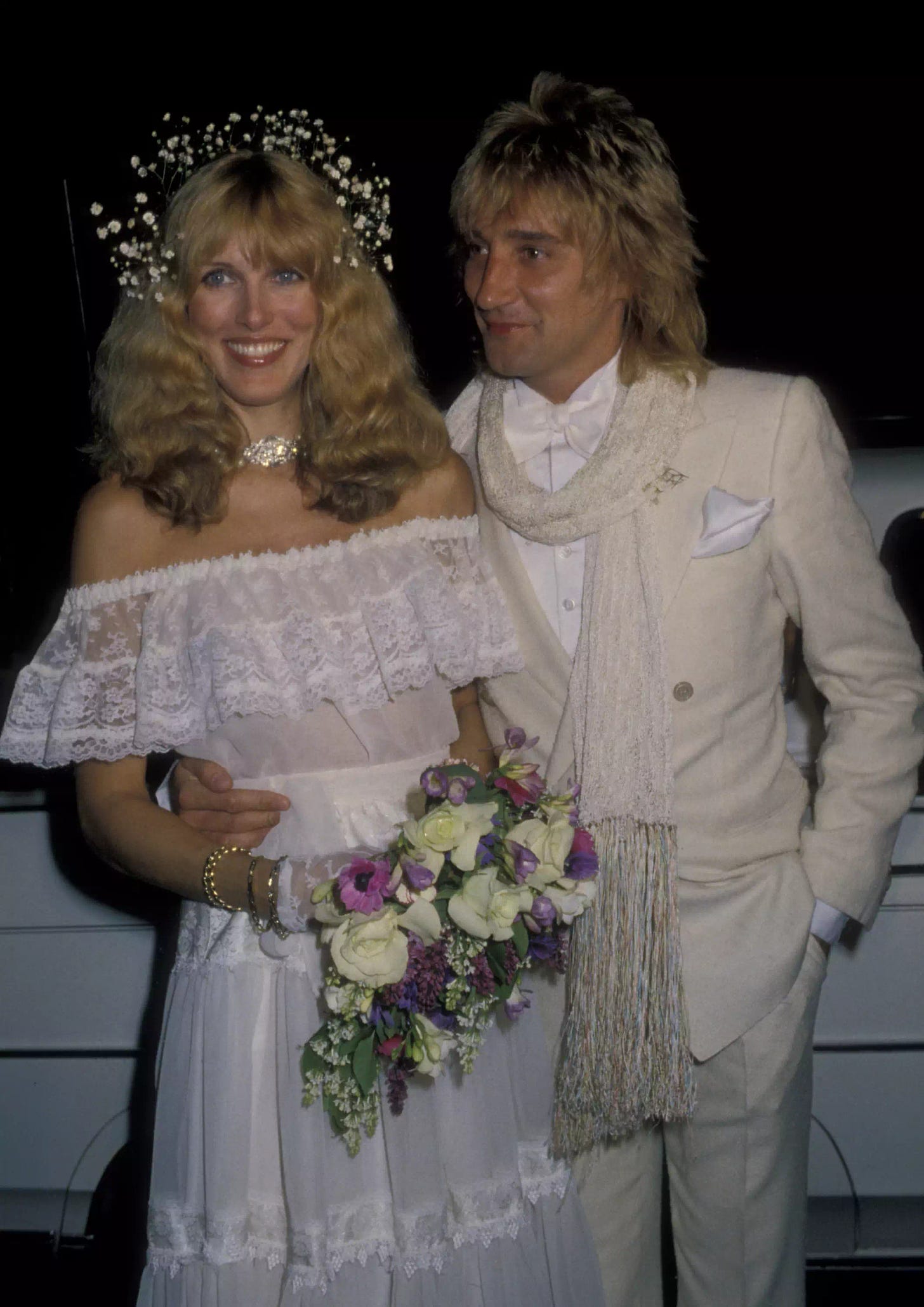
From 1960 to 1980, the divorce rate more than doubled. This meant that while less than 20% of couples who married in 1950 ended up divorced, about 50% of couples who married in 1970 did. And approximately half of the children born to married parents in the 1970s saw their parents part, compared to only about 11% of those born in the 1950s.1 This was a pretty dramatic turn, and it led to a new generation of people in varying states of marriage. If we look at the divorce rate today, it is dramatically lower.
It’s always helpful to have the context to these statistics, but there was a clear impact in society due to this legal change. Much like Roe v. Wade, it gave women an unprecedented amount of freedom that they didn’t have previously. Men had new power as well, but in the case of domestic violence or emotional manipulation perpetrated by men, women now could leave their marriages with much less restriction or retaliation. If a woman or man wanted to seek divorce due to emotional differences, or perhaps their partner turned out to be different than they thought, they could now seek a divorce purely for those reasons. In the case of Cher and Gregg Allman for example, they actually married within weeks of her divorce from Sonny Bono which was a no-fault divorce. Additionally, Cher divorced Gregg Allman soon after their marriage because she was overwhelmed by his drug and alcohol addiction. There was newfound freedom for all.
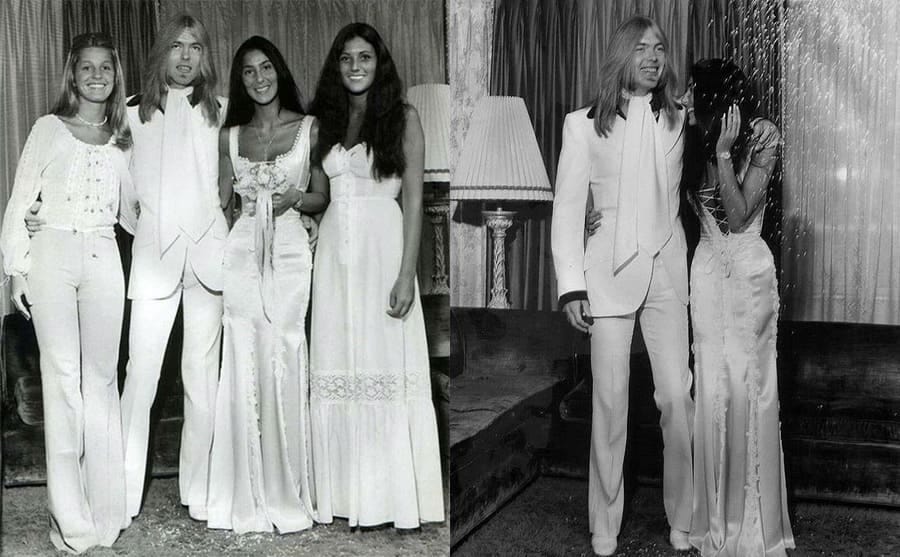
At the same time, the notion of of marriage as a religious, sacred institution, began to erode. It was the 1970s after all, a decade of individual freedom and self-exploration. Traditional churches and houses of worship began to witness their influence decline, and people sought spiritual enlightenment from alternative spiritual centers. The orthodoxy of a religious marriage was seen as uncool and old-fashioned, and it gave both brides and grooms the opportunity to embrace a more laid-back approach to their big day.
Secular-style weddings dramatically increased, and as a result the U.S. wedding industry boomed. This was the first time in history where people were opting to create their own unique celebration outside of the halls of a church. Instead of having a priest officiate a wedding, people began to experiment with this new concept of a friend of family member getting ordained through the Universal Life Church (UCL). When the IRS refused to recognize the ULC as a religion or to grant it tax-exempt status in 1969, the church sued. News coverage in Time magazine and in major national newspapers that year spurred rapid growth, and by 1971, the church had ordained over 1 million ministers. Today, UCL remains one of the most prolific centers of ordainment in the country.
People wanted this backyard-style “back-to-earth” approach to their nuptials, and this embrace of post-hippie, feminist individuality was apparent in the aesthetics. Men were growing out their hair and beards and often didn’t shave for these celebrations. Women began to embrace a more muted style of dress, and emphasized long locks of hair, often styled with flowers or lace headpieces. People wanted their weddings to be “pure” and “authentic” that matched this self-reflection ethos of the Me Decade.
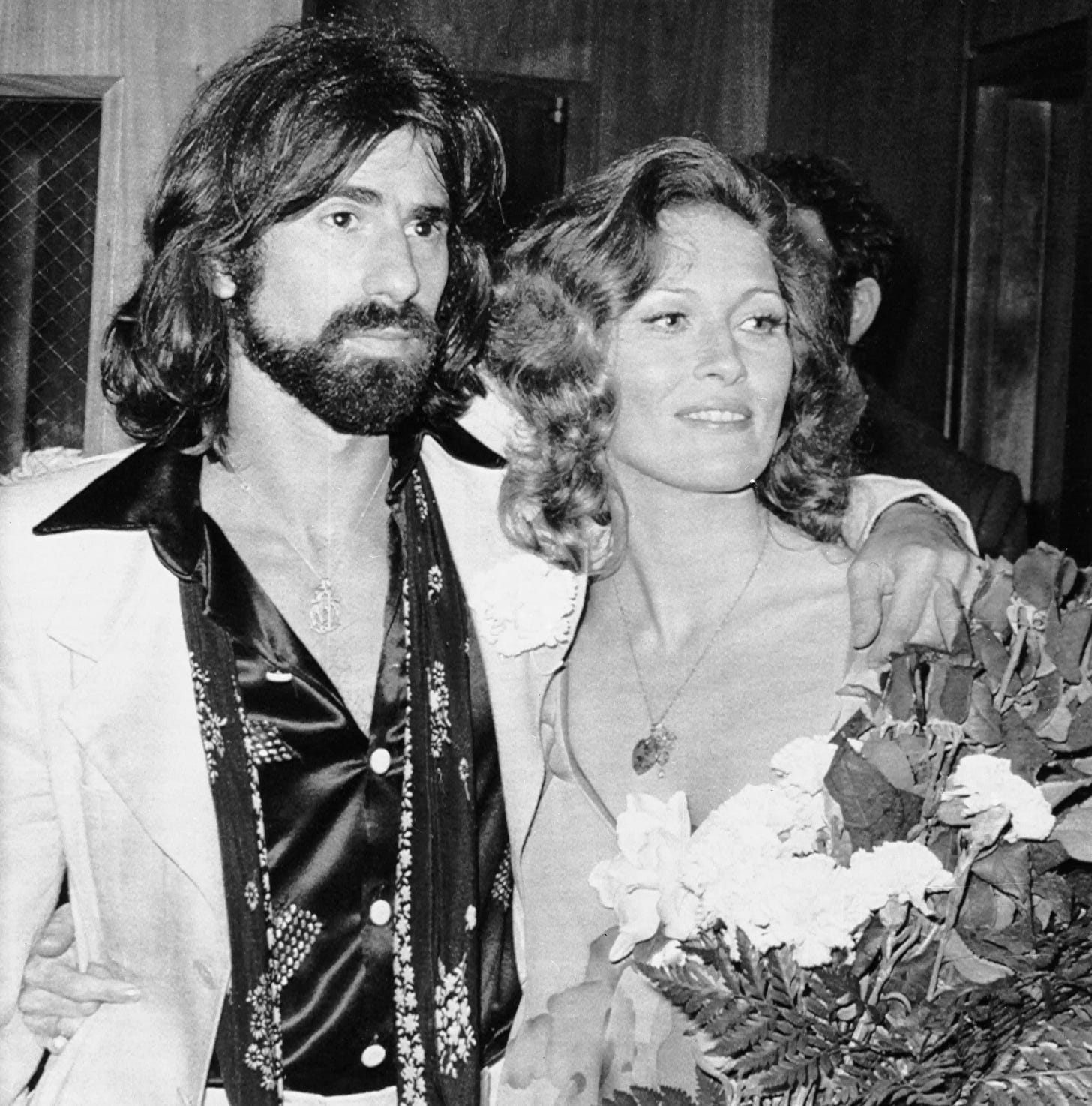
What I do find the most fascinating about this time of weddings and marriage, is how the celebrations and partnerships became infused with individuality and freedom of expression. Even if there were record divorces in the decade, it was merely a symptom of society becoming a more free society. People sought out spouses based on romantic connection and emotional fulfillment rather than security or pressure from society. People could now decide to have weddings in whatever style they chose, even if it meant men wearing those colored tuxedos.
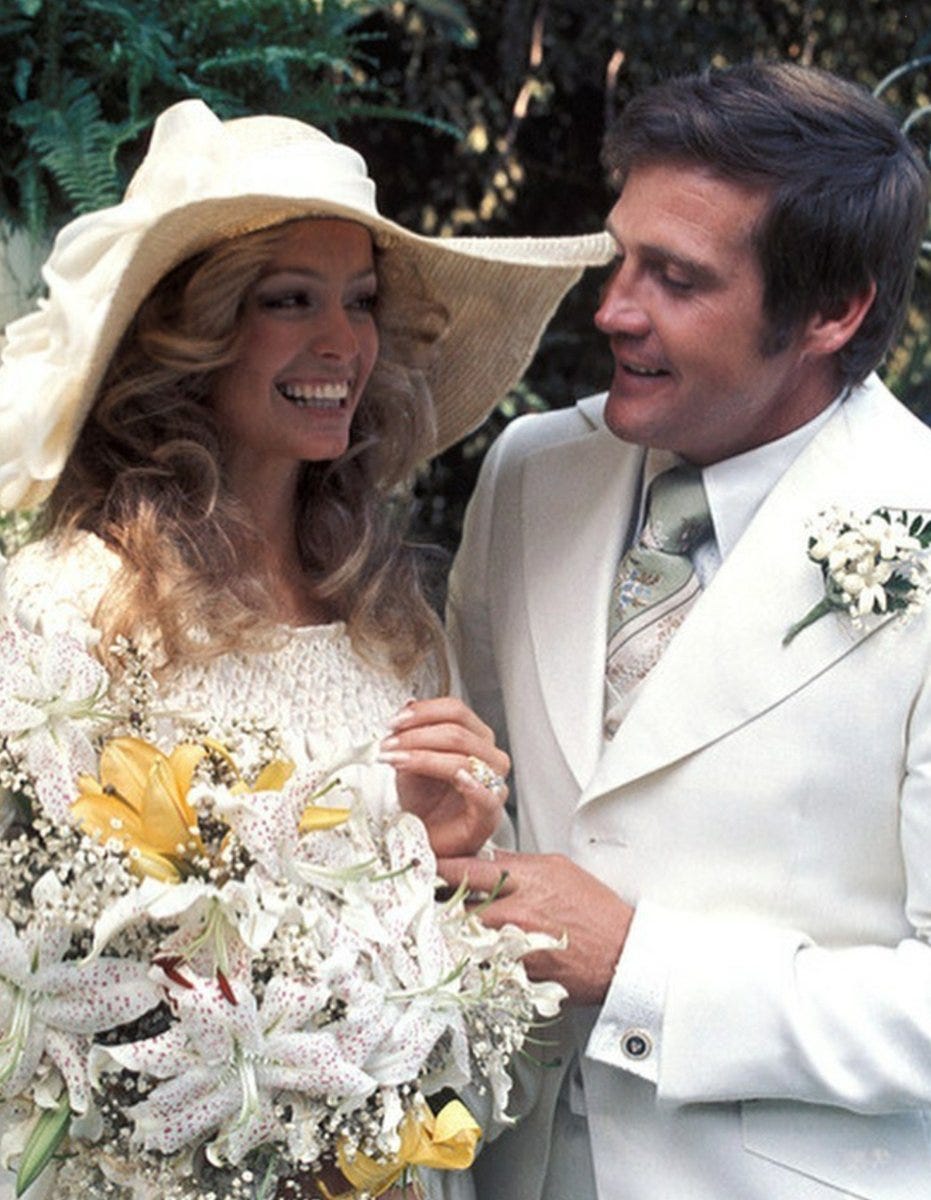
This spirit of individuality remains core to the wedding industry’s business model, and the dark side of this is how capitalistic the bridal and divorce industries have become. Yet, at the same time, I know that it’s just a product of the world we live in.
Something that I want to end on, especially in a time when we’re on the verge of losing certain personal liberties in the realm of both women’s rights and LGBTQ+ rights, is how important this decade was in terms of valuing individuality. Gay marriage wasn’t legal yet, but the LGBTQ+ movement really blossomed during the 1970s. Two men in Minnesota even filed for a marriage license in 1971, even if it wasn’t allowed yet. With the momentum of the social movements of the 1960s, the 1970s continued to expand the culture and conversation surrounding personal freedom, and in particular, the right to love someone, anyone based on personal preference. People need to have this freedom, no matter what. Even if it takes an accidental lapse in judgment from a conservative politician like Ronald Reagan, we need to ensure that the freedom of choice when it comes to the body, mind, love, and everything else, is protected.
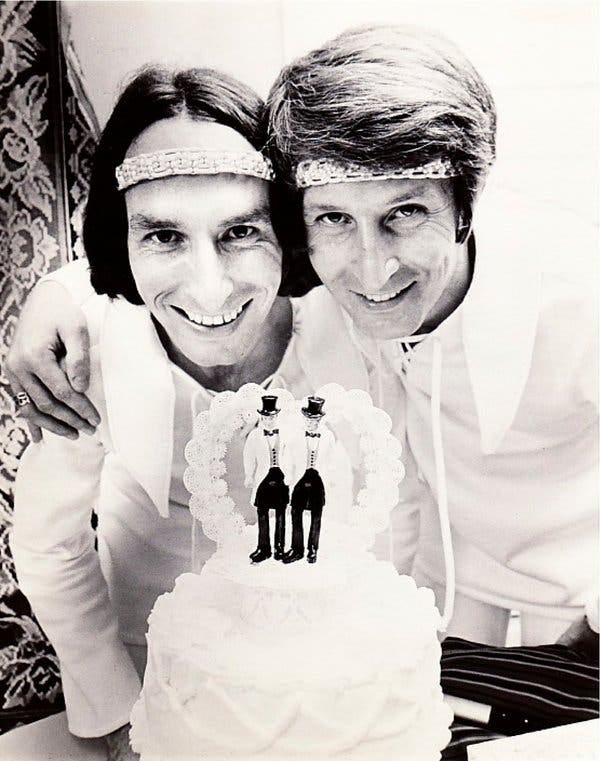
For Further Enjoyment—
Top Tracks:
The Same-Sex Couple Who Got a Marriage License in 1971
1970s Wedding Songs
B-Sides:
COMMITTED - 165 Years of Love (and War) in the New York Times Wedding Announcements 1971-2000
https://www.nationalaffairs.com/publications/detail/the-evolution-of-divorce

